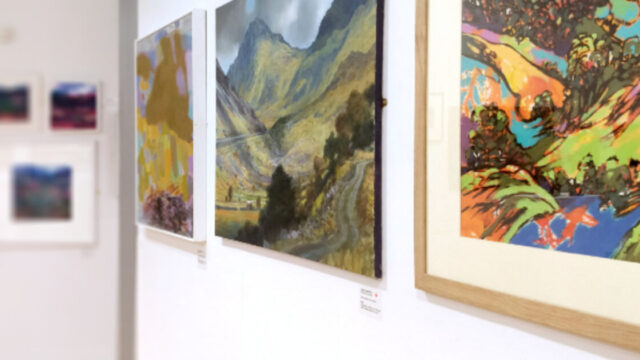Ewenny Pottery
Ewenny is a parish south of the market town of Bridgend, in the Vale of Glamorgan. It is an area that has been associated with pottery for centuries, influenced by a ridge of boulder clay overlying limestone bedrock, just north of the village.
The term Ewenny pottery refers to a scattered source of production in and around the parish rather than one specific pottery operation.
The assumption is that there was pottery production in the area as far back as Medieval times, as there are several historic settlements in the area which would have provided potters with a ready market.

Sold £750

Sold £15000

Sold £5500

Sold £400

Sold £6400
Certainly, there is documentary evidence of pottery production in the fifteenth century. However, it is not until the early part of the eighteenth century that production is properly documented, and whereby it could be perceived as an industry, albeit a small one.
There is evidence of twelve small pottery businesses having operated at the beginning of the eighteenth century. By the end of this century, demand increased as local industries expanded in the industrial revolution and as a result in the growth of the local population.
However, these pottery companies were relatively small concerns owned by generations of craftsmen. The number of local operations is not believed to have exceeded fifteen over the centuries, and no more than seven were open at the same time. By the 1930s there were but two operations in existence, and these two are still producing today – Ewenny Pottery and Claypits.
These two companies are an inspiration to any of us who work in a family business; Caitlin Jenkins currently potting at Ewenny Potteries is the eighth in the Jenkins line to work as a potter at the company.


Sold £2000

Sold £950

Sold £400

Sold £5500

Sold £1300

Sold £2800
Initially the pottery output from Ewenny kilns was for functional wares within domestic, agricultural, horticultural, industrial and architectural usage for local people. But much like the Doulton Lambeth history we discussed last week, the production of functional items evolved at the latter part of the nineteenth century into decorative items; local commissions began for loving-cups, puzzle-jugs and wassailing bowls. Many clients requiring personal inscriptions which would be done in sgraffito by the potter.
In 1883 the Arts & Crafts movement came to Ewenny. An earnest and enthusiastic Arts & Crafts supporter, designer, and decorator Horace Elliot travelled across Europe working with local potters. Elliot was particularly fond of Ewenny and revisited the operation over a thirty-year period, staying sometimes for several weeks and producing stylish vases and objects using Ewenny’s traditional methods. Elliot brought Ewenny to the attention of followers of Arts & Crafts and with it came a new-found kudos for the historic pottery company.
Ewenny pottery items are sold frequently at auction houses in South Wales, but the higher-end collecting market tends to focus on pieces under the influence of the Arts & Crafts movement at the end of the 19th century and the beginning of the 20th. Another talented modeller from this period was the enigmatic William Doel.
Good prices are also paid for unusual rare items, novelty animal vessels and inscribed animals, together with some of the nineteenth century local potter’s work. However, the most highly prized item is the exceptionally rare nineteenth century wassailing bowl, an example of which realised £10,000 at auction a decade ago.
Below is a small selection of Ewenny Pottery we have sold in the last couple of Welsh Sales. We would be delighted to talk to you about any Ewenny items you may have – without obligation we can provide an appraisal and valuation.

Sold £340

Sold £300

Sold £460

Sold £360

Sold £480

Sold £400

Sold £600

Sold £2200








